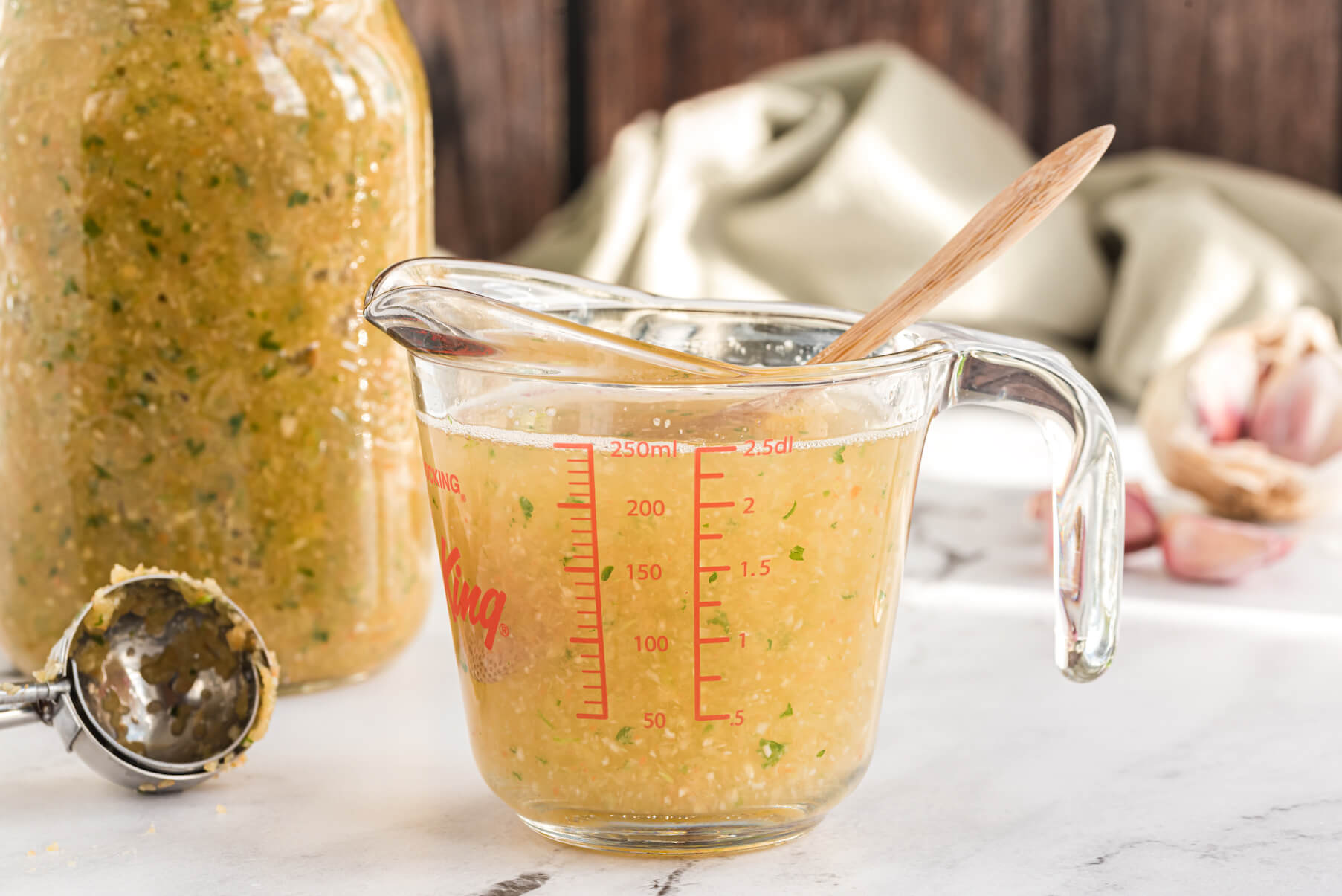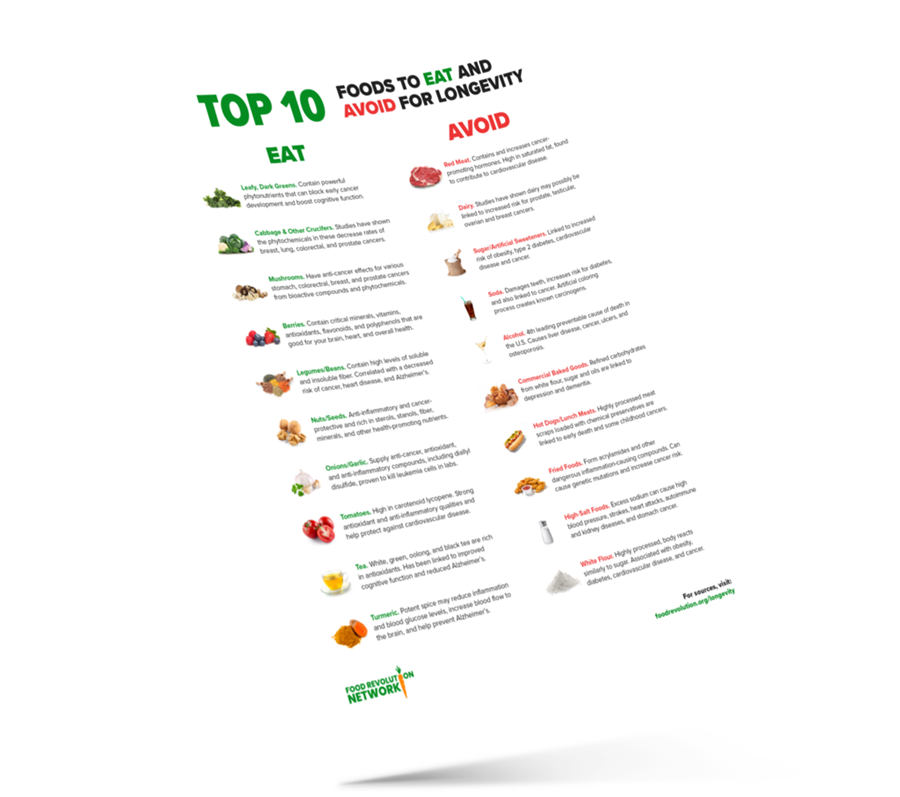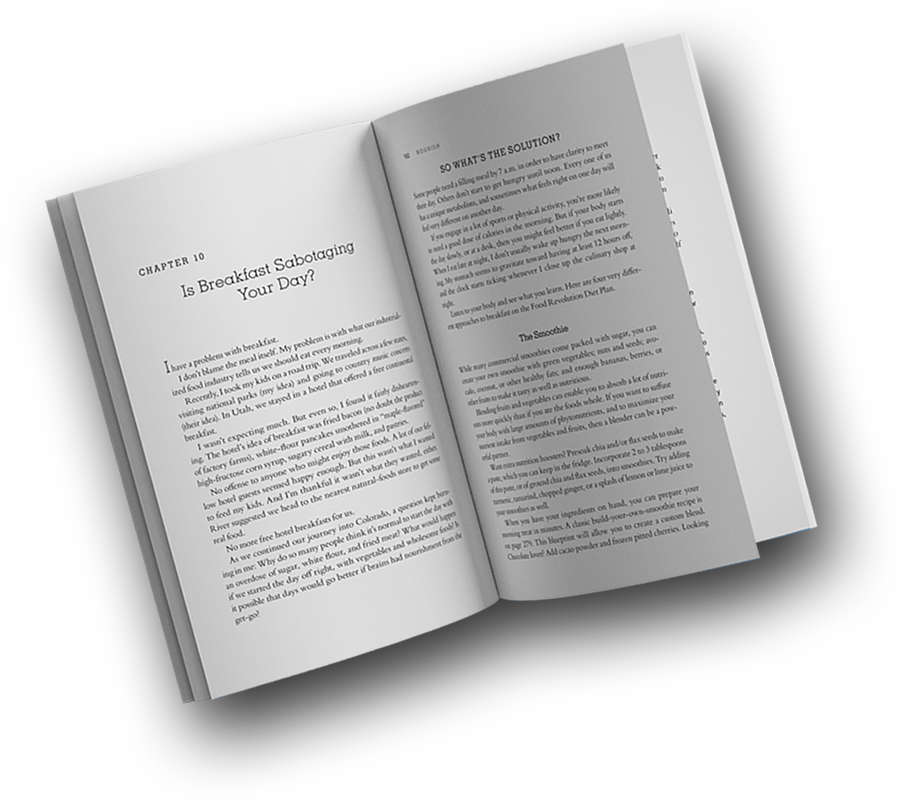Ingredients
Directions
To make the bouillon paste, start with the chopped celeriac and carrots. Pulse them several times in a food processor until they start to break down.
Add the kale stems, leeks, celery, shallots, and garlic; pulse again. (Note, you might have to do this in separate batches depending on the size of your food processor.)
Next, add the salt, if using, and pulse a few times. Then add the fresh herbs and the carrot tops and pulse again. Once everything is well blended and mixed together, you should have a nice, moist, paste-like consistency.
You can place a portion of the paste into a mason jar or other glass container and refrigerate for use throughout the week. The size you need will depend on how much you plan to use.
Freeze the remaining paste in tablespoon-sized portions on a cookie sheet and then transfer to a freezer-safe container. (See Chef’s Notes.)
To prepare vegetable broth, mix one tablespoon bouillon with one cup of water.
Chef's Notes
Substitutions
You can create your own version of bouillon by using leftover vegetables in your refrigerator, any vegetables you can find in the store or local market, or any other veggie scraps (like beet greens, radish greens, or broccoli stems). There are no hard rules on how much or which vegetables to use. Substitute celeriac with more celery, add onion in place of shallots, or use basil stems (or more parsley) in place of cilantro. This is a great opportunity to use what you have on hand to create your own bouillon blend!
If you have a small food processor (less than 8 or 10 cup capacity)
You may need to make this in two batches.
How to use
This bouillon can be used in soups, sauces, stews, or risotto. Basically, it can be used anywhere you would use traditional vegetable broth!
Storage
The original recipe for this calls for quite a bit of salt, which helps preserve the vegetables and keeps them from getting freezer burn. The low-sodium version (this version) or salt-free version (no added salt) works, but you’ll want to keep what you know you’ll use during the week in the refrigerator for 5–7 days. Freeze the rest in individual containers and bring to the refrigerator to thaw 24–48 hours before you’re ready to use the bouillon. Note that, because there is little to no salt, ice crystals may form. Alternatively, you could make this bouillon in smaller batches and use it as needed.
Ingredients
Directions
To make the bouillon paste, start with the chopped celeriac and carrots. Pulse them several times in a food processor until they start to break down.
Add the kale stems, leeks, celery, shallots, and garlic; pulse again. (Note, you might have to do this in separate batches depending on the size of your food processor.)
Next, add the salt, if using, and pulse a few times. Then add the fresh herbs and the carrot tops and pulse again. Once everything is well blended and mixed together, you should have a nice, moist, paste-like consistency.
You can place a portion of the paste into a mason jar or other glass container and refrigerate for use throughout the week. The size you need will depend on how much you plan to use.
Freeze the remaining paste in tablespoon-sized portions on a cookie sheet and then transfer to a freezer-safe container. (See Chef’s Notes.)
To prepare vegetable broth, mix one tablespoon bouillon with one cup of water.




